Performance improvements in the A12 Bionic chip used in the iPhone XS and the iPhone XS Max has put Apple's in-house CPU designs on a par with processors used in notebooks and computers, one extensive deep dive declares, with the latest processor bringing the mobile chip line within striking distance of "the best desktop CPUs."
The thorough benchmarking and examination of the iPhone XS and XS Max by Anandtech examined how the A12 Bionic compares to other processors, including its predecessor the A11, Samsung's Exynos 9810 and 8895, and Qualcomm's Snapdragon 845 and 835 chips.
SPEC2006, the benchmark applied to all of the processors, is said to be an "important industry standard benchmark" that uses significantly larger and more complex datasets than others, far bigger than the popular GeekBench 4. The benchmark is believed to be a better test, due to its ability to offer more details for the microarchitecture in relation to memory subsystem performance.
While admitting it to be the first time in over two years that the publication is using SPEC2006 on an iOS device, it is also declared the figures produced in the tests are estimates, due to not being submitted or officially validated by SPEC.
The benchmark recorded the energy usage for a given workload, as well as the performance. Generally speaking, the less energy is used and the more performance offered, the better.
Compared to the A11, the A12 clocks at 5 percent higher in the majority of workloads, with a special mention for the SPECint2006 test, which showed a 24-percent increase. In other tests, the "astounding performance gains" rose from 30 to 42 percent, with the suggestion "the new cache hierarchy and memory subsystem has greatly paid off here as Apple was able to pull off one of the most major performance jumps in recent generations."
For power efficiency, the A12 scored a 12-percent improvement on the A11, but with 12 percent less energy usage at peak performance.
Under the SPECfp2006 testing, the average performance gain was 28 percent, though under the 433.milc test, this rose to 75 percent.
One test, 470.lbm, is said to be interesting for Apple's chips, as they showcase "multi-factor performance advantages" over ARM and Samsung cores. It is posited Apple's microarchitecture is able to optimize by having larger instruction loop buffers, where the core would bypass decode stages in a loop iteration and fetch instructions from the buffer, saving time. It is also thought the vector execution of Apple's cores may be benefiting it in this test.
As a consequence of running the SPEC2006 benchmark tests, it has revealed how close the A11 and A12 are to the performance of desktop processors, with the A12 noted as outperforming a Skylake-based chip tested a few months ago.
While admitting to compiler differences and other considerations that need to be taken into account, the report notes "we're now talking about very small margins until Apple's mobile SoCs outperform the fastest desktop CPUs in terms of ST performance."
Later in the report, the Vortex CPU's memory subsystem is credited with providing the A12 a significant performance boost in a lot of workloads, adding that Apple's marketing department is "really underselling the improvements here by quoting 15," with the site's estimated improvement for the chip being around 40 percent.
The A12 is a six-core CPU featuring two performance cores, which Apple claims is 15 percent faster than the A11, while consuming 40 percent less power. Four efficiency cores handle lower-intensity tasks, and in theory consume half the energy in comparison to the A11.
 Malcolm Owen
Malcolm Owen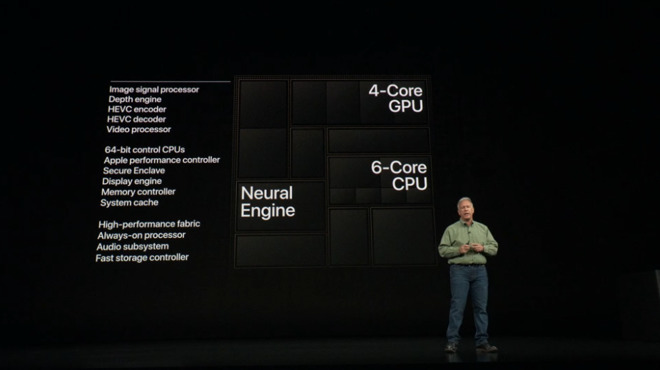




-xl-m.jpg)



-m.jpg)






 Marko Zivkovic
Marko Zivkovic

 Chip Loder
Chip Loder
 Christine McKee
Christine McKee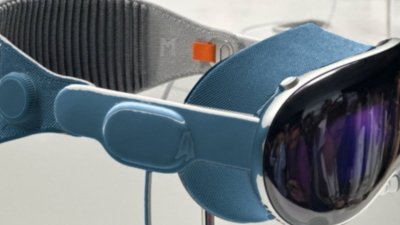
 William Gallagher
William Gallagher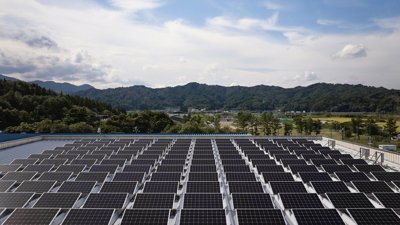
 Amber Neely
Amber Neely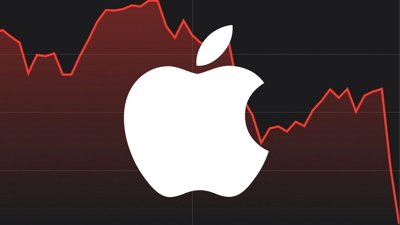

 Andrew Orr
Andrew Orr
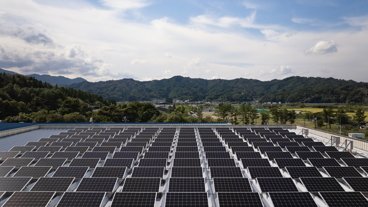
-m.jpg)






70 Comments
So why doesn’t Apple use these in its notebooks and end the reliance on Intel?
Is this sigle-core or multi-core benchmark?